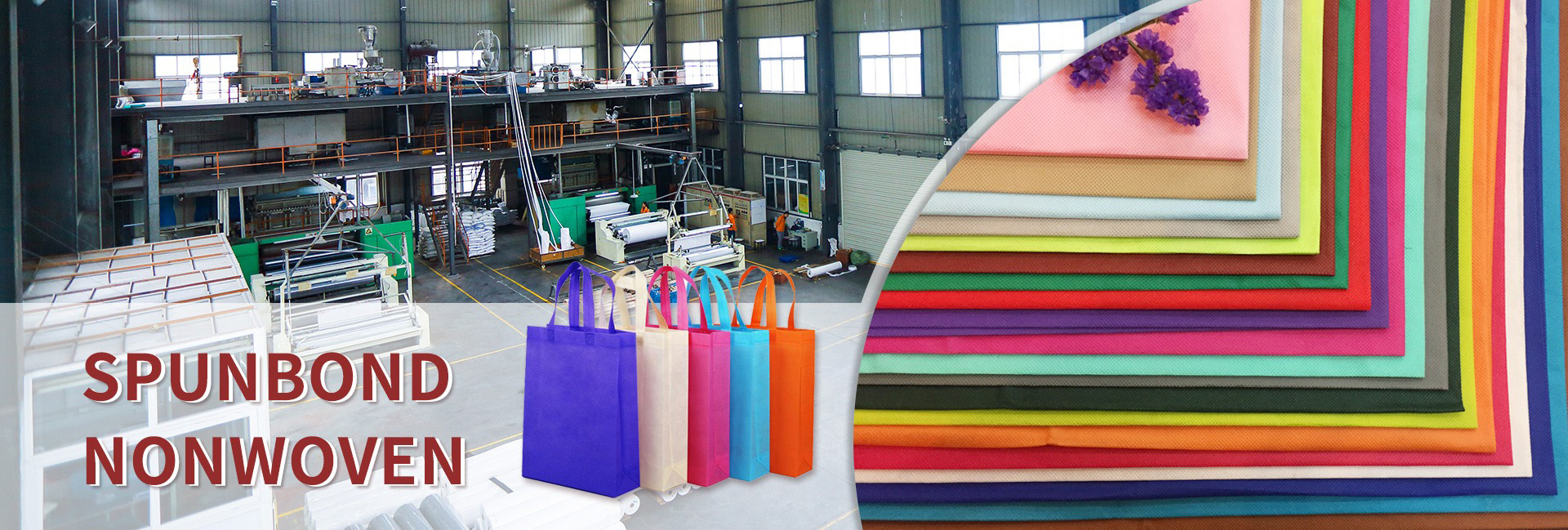The statement ‘reducing the cost of one-time spunbond fabric surgical placement by 30%’ indeed reflects an important trend in the current medical consumables field. Overall, disposable spunbond non-woven fabric surgical placement does have cost advantages under specific conditions and long-term comprehensive considerations, but the factors involved behind this are more complex than simple price comparisons.
Interpretation of Cost Advantage
‘Cost reduction of 30%’ is a very attractive number, but its source needs to be broken down:
Direct procurement and usage costs:
A study compared the costs of different sterilization packaging materials and found that the cost of double-layer cotton fabric is about 5.6 yuan, while the cost of double-layer disposable non-woven fabric is about 2.4 yuan. From this perspective, disposable non-woven fabrics do have significantly lower single purchase costs than cotton fabrics.
The 30% cost reduction you mentioned is likely due to a direct procurement cost comparison similar to the one mentioned above, as well as the significant reduction in processing costs such as repeated cleaning, disinfection, counting, folding, repairing, and transportation of cotton cloth. The savings in these implicit costs sometimes even exceed the purchase cost of the fabric itself.
Long term comprehensive cost considerations:
The main advantage of using disposable spunbond non-woven fabric for surgical placement lies in its “one-time use”, which eliminates the processing costs and gradual performance degradation caused by repeated use of cotton fabric.
It should be noted that if the hospital has a large volume of surgeries, the long-term and cumulative purchase amount of disposable consumables may be considerable. Therefore, a 30% reduction is an ideal reference value, and the actual savings ratio may vary depending on factors such as hospital procurement scale and management precision.
More reasons to choose disposable spunbond non-woven fabric
In addition to cost, disposable spunbond non-woven fabric surgical drape also has outstanding advantages in performance and infection control:
Better infection control: Studies have shown that sterilized items packaged with double-layer disposable non-woven fabric have a much longer shelf life (up to 52 weeks) than double-layer cotton fabric (about 4 weeks). This means that it can reduce the probability of repeated sterilization of items due to expiration, saving resources and better ensuring sterility levels.
Excellent protective performance: Modern disposable surgical drapes often use multi-layer composite materials (such as SMS structure: spunbond meltblown spunbond), and are designed with flow channels, reinforcement layers, and waterproof bacterial films to effectively block liquid and bacterial infiltration, keeping the surgical area dry and sterile.
Convenient and efficient: One time placement and immediate use can significantly improve the turnover efficiency of the operating room, and also free medical staff from tedious fabric management.
Comprehensive considerations before investment
Although the advantages are obvious, the hospital management also needs to weigh the following points before deciding to adopt it on a large scale:
Environmental Protection and Waste Management: Disposable consumables will generate more medical waste, and it is necessary to evaluate the cost of waste management and environmental regulations.
Clinical usage habits: Medical staff may need time to adapt to the feel and placement of new materials.
Supplier and Product Quality: It is necessary to choose reliable suppliers to ensure stable and reliable product quality.
Summary and Recommendations
Overall, in terms of long-term comprehensive costs, infection control, surgical efficiency improvement, and the demand for higher levels of protection in modern surgery, disposable spunbond non-woven fabric surgical drape is undoubtedly an important upgrade direction for traditional cotton drape.
If you are conducting relevant evaluations for a hospital, it is recommended to:
Perform refined calculations: not only compare unit prices, but also calculate the full process cost of repeated processing of cotton cloth, and compare it with the procurement and waste disposal costs of one-time laying orders.
Carry out clinical trials: conduct trials in some operating rooms, collect feedback from medical staff, and observe the impact on surgical procedures and infection control indicators in practice.
Selecting reliable suppliers: ensuring product quality, protective performance, and supply stability
Dongguan Liansheng Non woven Technology Co., Ltd. was established in May 2020. It is a large-scale non-woven fabric production enterprise integrating research and development, production, and sales. It can produce various colors of PP spunbond non-woven fabrics with a width of less than 3.2 meters from 9 grams to 300 grams.
Post time: Nov-20-2025

